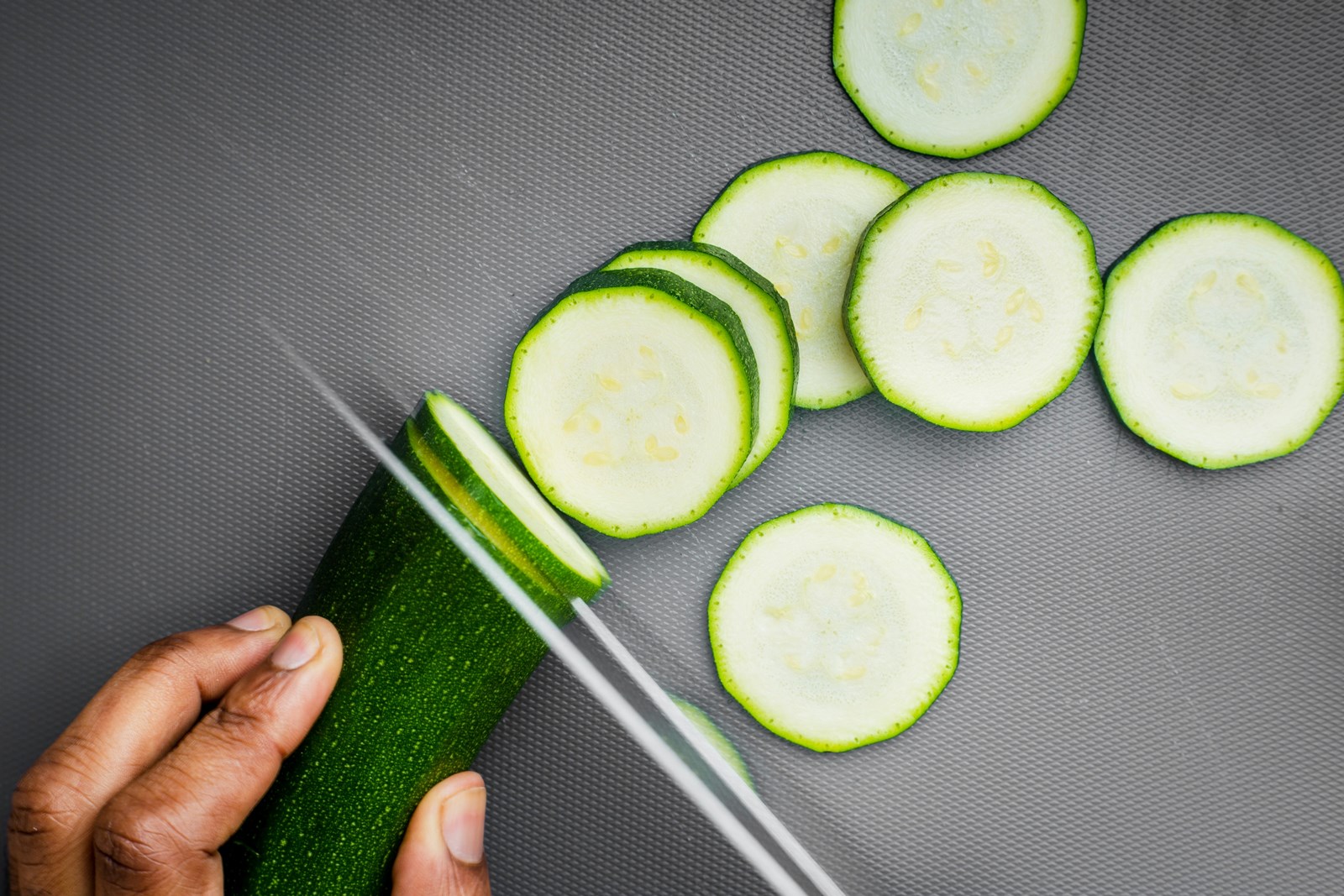Tired of eating the same old kheera (cucumber) in your salads and sandwiches? Fear not, Madras kakdi (Madras cucumber) and gavthi kakdi (snake cucumber) are the perfect additions to your nutritionally-rich green diet! These cousins of the cucumber family are loaded with antioxidants and great companions for weight watchers!
Dr Sunitha, dietitian with CARE Hospitals, Musheerbad helps us decode the key differences between the three.”Kheera is known to be dark green in colour and firm in shape. Gathvi Kakri is longer in shape and light green colour in appearance. Madras Kakri is more yellow in colour and is generally cooked before consumption,” Sunitha said.
Healthiest of the lot?
According to Dr Sunitha, the healthiest option depends on the individual health needs of the person. “If an individual is looking for an option to aid digestion and weight management, gathvi kakri is an ideal choice. For eye health and more fibre support to the body – madras kakri can be consumed. For hydration, kheera is the best choice,” she said.
Nutritional benefits
Dr Sunitha said that kheera, made up of 95% water, is a great option to keep the body more hydrated. It contains vitamin K, vitamin C, potassium, magnesium, beta-carotene, flavonoids and silica which are beneficial in combating inflammation and improving skin health. Being low in calories, it is beneficial for those worried about their weight.
“Madras kakri is optimal to aid with eye and immune health. It contains fiber, vitamin C, vitamin B, iron, calcium, etc. that may help regulate blood sugar levels. Gathvi kakri is loaded with Magnesium, Iron, vitamin A, vitamin B, vitamin C, Calcium and antioxidants that help protect cells from UV Damage,” said Sunitha.

 If you’re looking to improve digestion and manage your weight, gathvi kakri is an ideal choice. (Source: Freepik)
If you’re looking to improve digestion and manage your weight, gathvi kakri is an ideal choice. (Source: Freepik)
Best way to consume them
“The best way to consume kheera is in its raw form, you can enjoy them in a salad, dips, subs, burgers and sandwiches. It can also be consumed as a low-calorie snack or infused water.” Sunitha told indianexpress.com.
While gathvi kakri can also be enjoyed raw and used for refreshing salads, Madras kakri is usually cooked and can be incorporated into stir fries, curries or even pickles, the doctor said.
Any health risks associated?
All three varieties are generally safe for consumption. But, checking for allergies is recommended.
“Risk of pesticide exposure may increase if these vegetables are not washed properly before consumption. Since madras kakri is high in oxalate, they are harmful to people suffering from kidney disorders. Excessive consumption of gathvi kakri seeds may cause gastrointestinal issues,” said Sunitha.
When should you avoid eating them?
“One should avoid eating them during the night and after the evening, preferably after sunset. Especially for individuals with or more prone to cough or cold. Asthma patients are also advised to not consume these vegetables rich in water after sunset.”

Rohit Malhotra is a medical expert and health journalist who offers evidence-based advice on fitness, nutrition, and mental well-being. His articles aim to help readers lead healthier lives.


